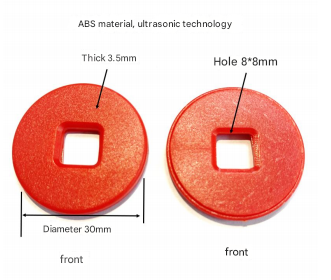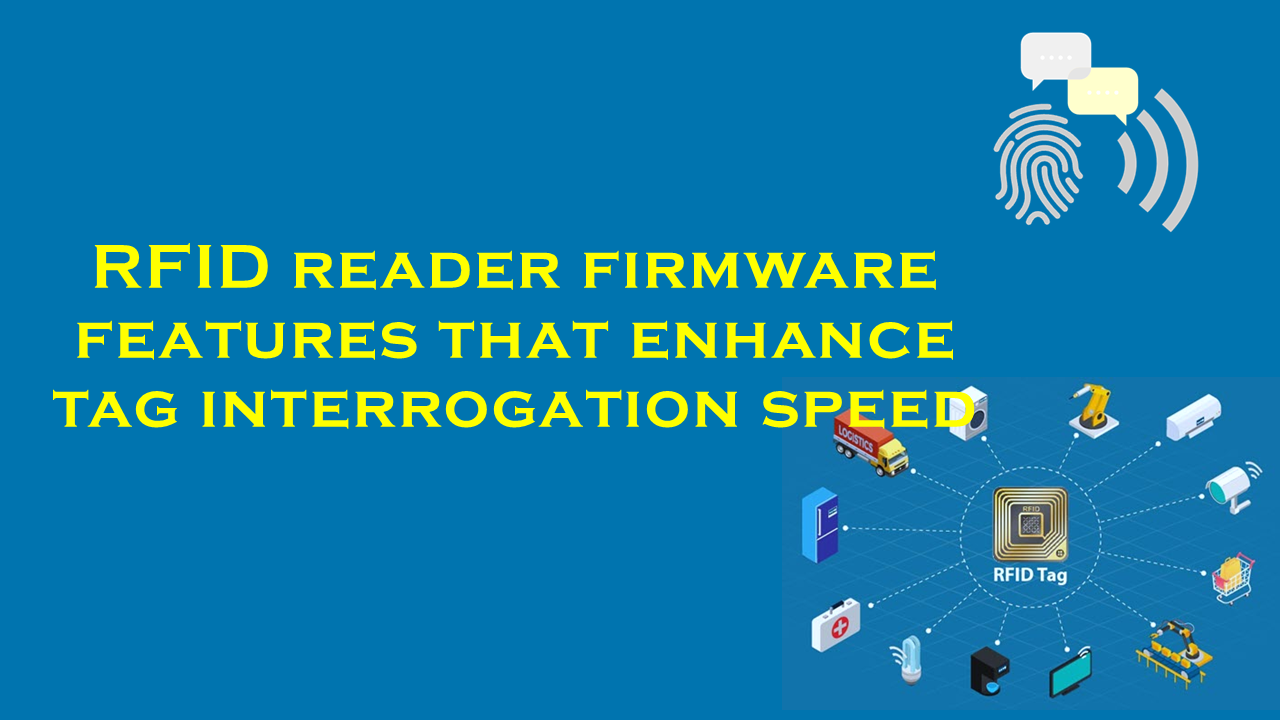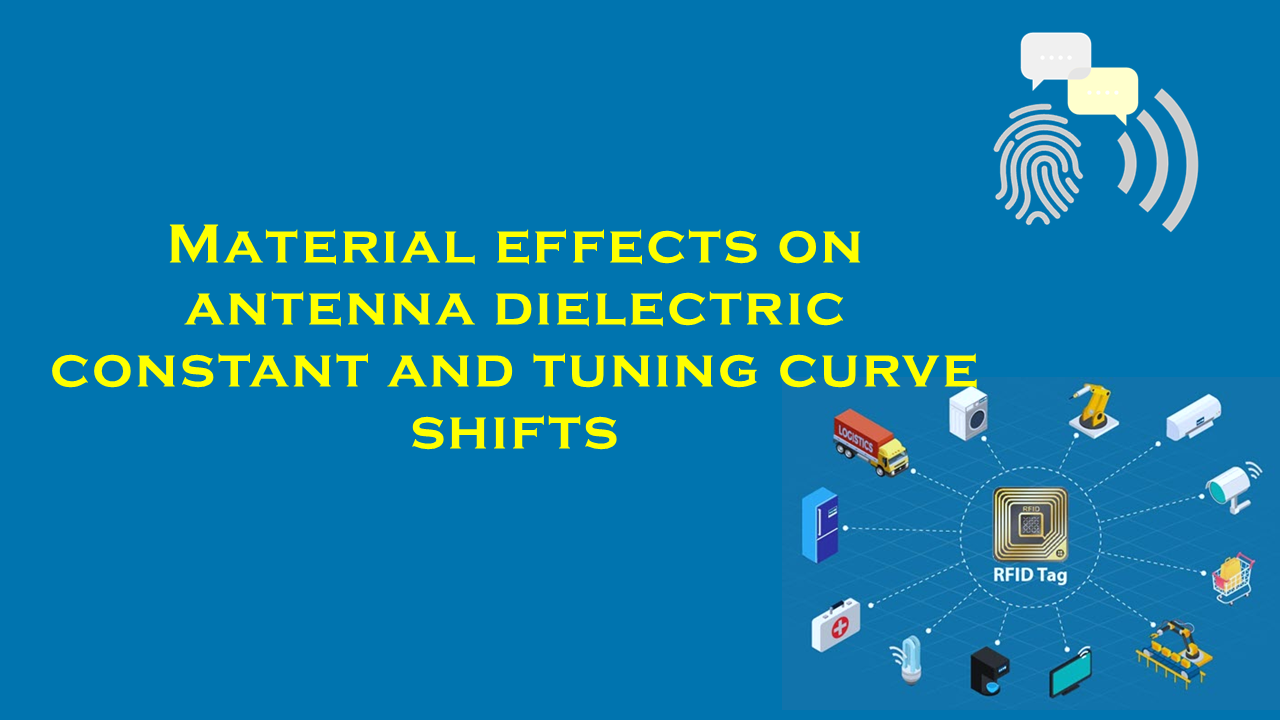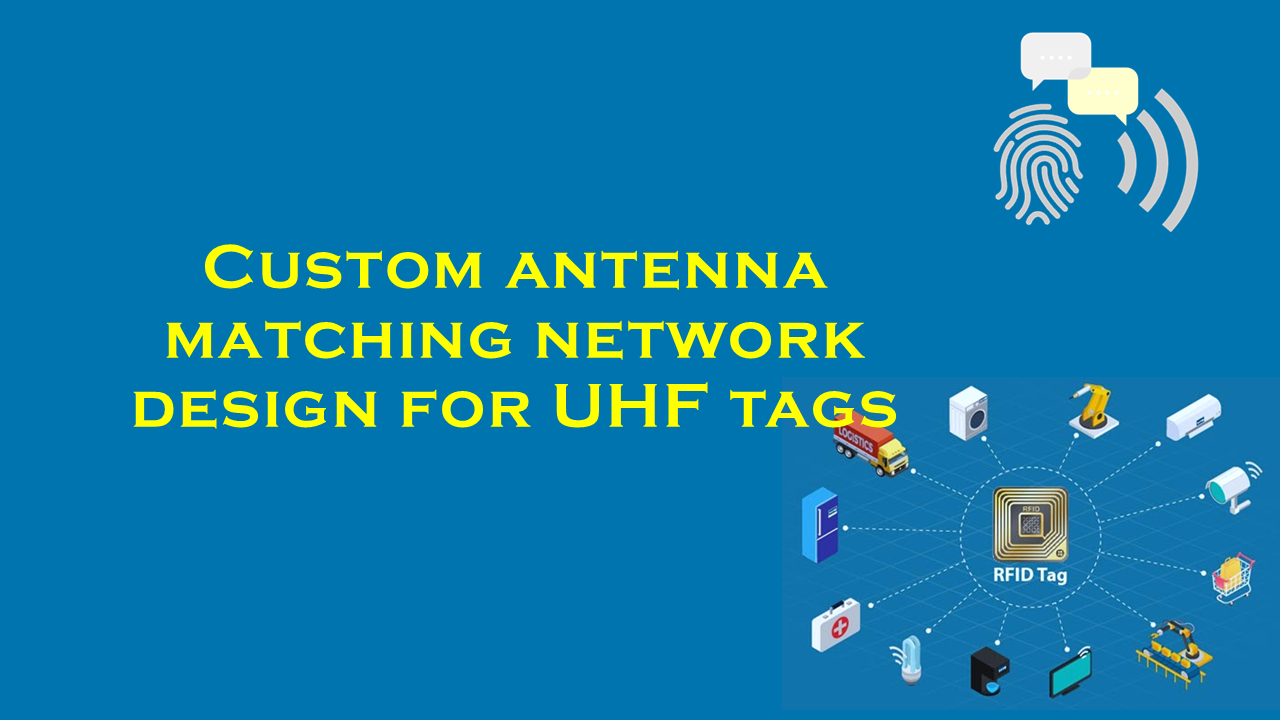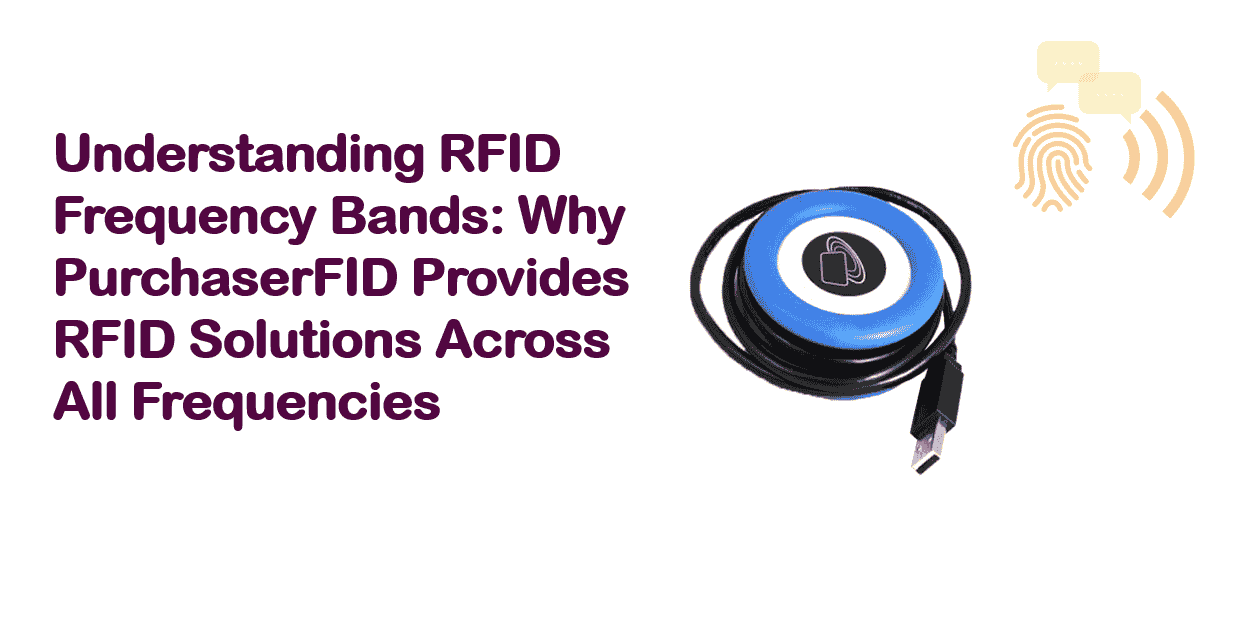How RFID compares to passive infrared sensors for motion detection
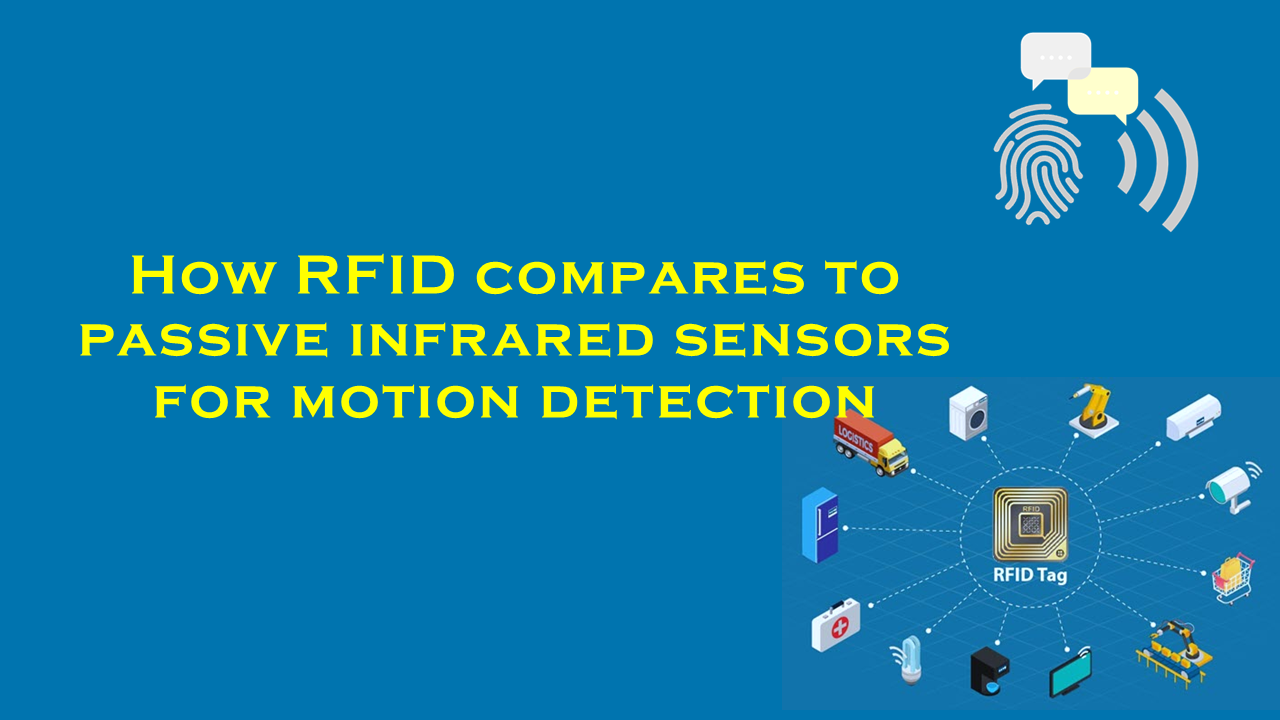
RFID vs. Passive Infrared Sensors for Motion Detection: A Comprehensive Comparison
Introduction
Motion detection technologies are critical in various industries, from security and retail to smart home automation. Two prominent solutions in this domain are Radio-Frequency Identification (RFID) and Passive Infrared (PIR) sensors. While both detect motion, they operate on distinct principles and cater to different use cases. This article explores their functionalities, advantages, and limitations, supported by market statistics, and highlights PurchaserFID.com as a leading RFID solutions provider.
RFID Technology Overview
How It Works
RFID uses radio waves to communicate between a reader and a tag attached to an object. Passive RFID tags, which lack a battery, are activated by the reader’s signal, transmitting stored data like identification numbers. Active RFID tags use internal batteries for longer-range communication.
Applications
- Inventory Management: Retailers like Walmart use RFID for real-time stock tracking.
- Access Control: ID badges in corporate environments.
- Healthcare: Tracking medical equipment and patient records.
- Supply Chain: Monitoring goods in logistics.
Pros and Cons
r- Pros:
- Identifies specific objects/individuals.
- Works in harsh environments (with UHF tags).
- Scalable for large systems.
- Cons:
- Higher cost due to tags/readers.
- Interference from metals/liquids.
- Privacy concerns.
Passive Infrared (PIR) Sensors Overview
How It Works
PIR sensors detect infrared radiation emitted by warm-moving objects (e.g., humans). Movement triggers a voltage change, activating alarms or lights.
Applications
- Security Systems: Intrusion detection.
- Lighting Control: Automatic lights in homes/offices.
- Energy Management: HVAC adjustments based on occupancy.
Pros and Cons
- Pros:
- Low-cost and easy to install.
- No tags required.
- Low power consumption.
- Cons:
- Limited to line-of-sight.
- False alarms from environmental heat sources.
- Can’t identify specific objects.
Comparison of RFID and PIR Sensors
1. Detection Method
- RFID: Detects tagged objects via radio waves, enabling precise identification.
- PIR: Detects heat signatures, only confirming motion presence.
2. Range and Coverage
- RFID: Passive tags work up to 10 meters; active tags reach 100+ meters.
- PIR: Typically covers 10–15 meters, limited by line-of-sight.
3. Accuracy
- RFID: Near 100% accuracy in controlled environments.
- PIR: Susceptible to false triggers (e.g., sunlight, pets).
4. Environmental Impact
- RFID: Metal/liquid interference; UHF tags mitigate this.
- PIR: Affected by ambient temperature and obstacles.
5. Cost
- RFID: Higher upfront costs ($0.10–$50 per tag; readers $500–$2,000).
- PIR: Sensors cost $5–$50, ideal for budget projects.
6. Power Consumption
- RFID: Passive tags need no power; readers consume moderate energy.
- PIR: Low energy use, often battery-operated.
7. Integration
- RFID: Integrates with IoT for data analytics (e.g., smart retail).
- PIR: Commonly paired with lighting or alarm systems.
Market Statistics
- RFID Market: Valued at $12.8 billion in 2022, projected to grow at 11.9% CAGR through 2030 (Grand View Research). Adoption in retail (40%) and healthcare (25%) drives growth.
- PIR Sensor Market: Worth $1.2 billion in 2021, expected to grow at 8% CAGR until 2030 (MarketsandMarkets). Dominated by security (45%) and smart home (30%) sectors.
Use Cases
- Retail: Walmart reduced out-of-stock items by 30% using RFID.
- Smart Homes: 60% of smart lighting systems utilize PIR sensors (Statista).
PurchaserFID.com: Leading RFID Solutions Provider
PurchaserFID.com is a trusted supplier of RFID technology, offering:
- High-Performance Tags: Durable passive tags for retail and logistics.
- Readers/Antennas: Long-range models for industrial use.
- Custom Solutions: Tailored systems for healthcare and manufacturing.
Their expertise in IoT integration helps businesses streamline operations, reduce costs, and enhance security. For instance, a healthcare client reduced equipment loss by 40% using PurchaserFID.com’s RFID tracking.
Conclusion
RFID excels in scenarios requiring object identification and data capture, while PIR sensors are cost-effective for presence detection. Market trends show robust growth for both, driven by automation and security demands. Companies like PurchaserFID.com play a pivotal role in advancing RFID adoption, providing cutting-edge solutions across industries. Choosing between RFID and PIR depends on specific needs: RFID for precision and data richness, PIR for simplicity and affordability.
168188_.jpg)
923038_.jpg)
